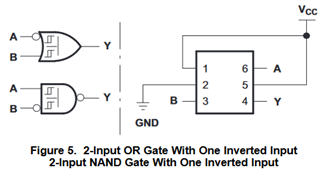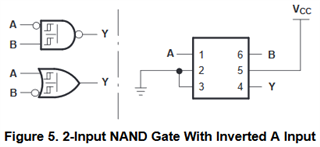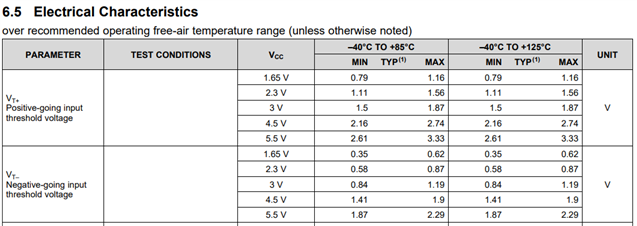Other Parts Discussed in Thread: SN74LVC1G57, TINA-TI
Has anyone sucessfully used the SN74LVC1G97 (or 1G57) as a gated oscillator?
Asking as I can't simulate it due to the lack of a Spice model for TINA.
Just 2 Hz is the goal, to blink an LED. I have simulated a 74LVC14 oscillator OK
thanks in advance
Tim




